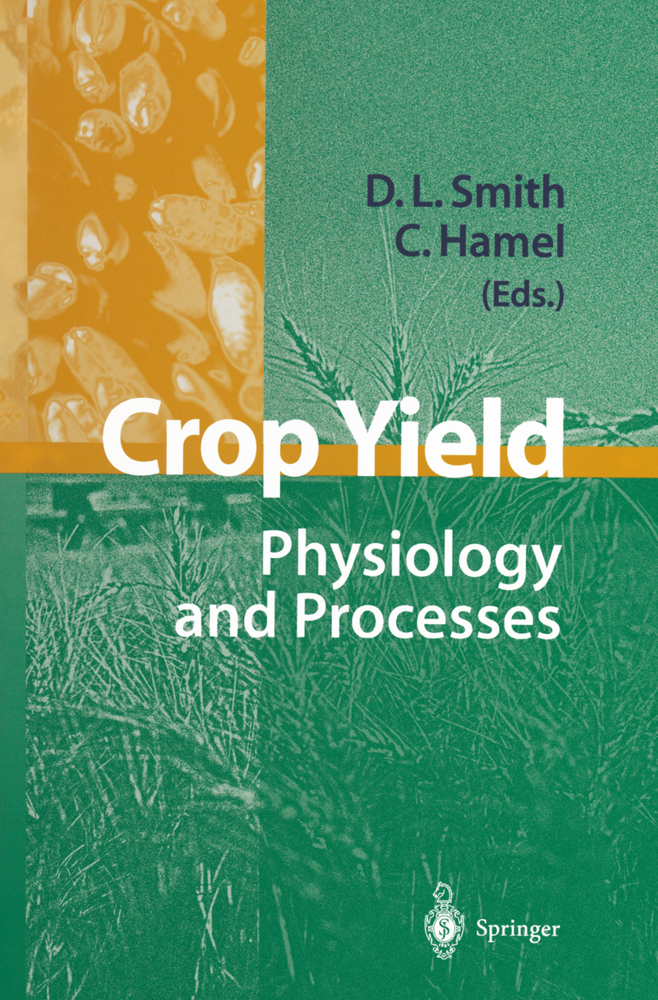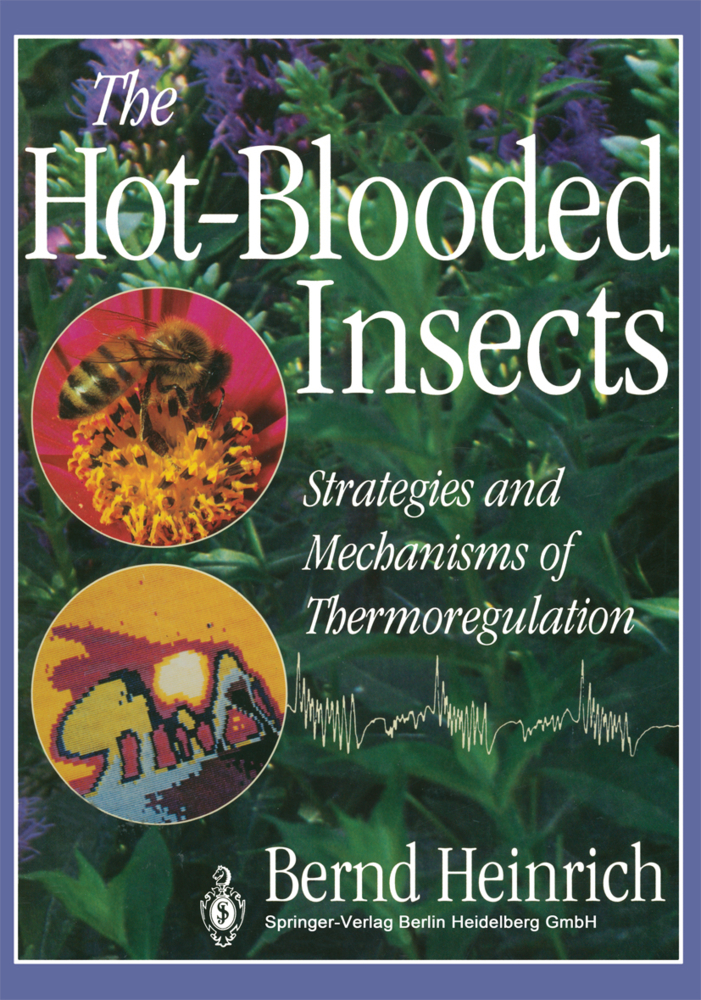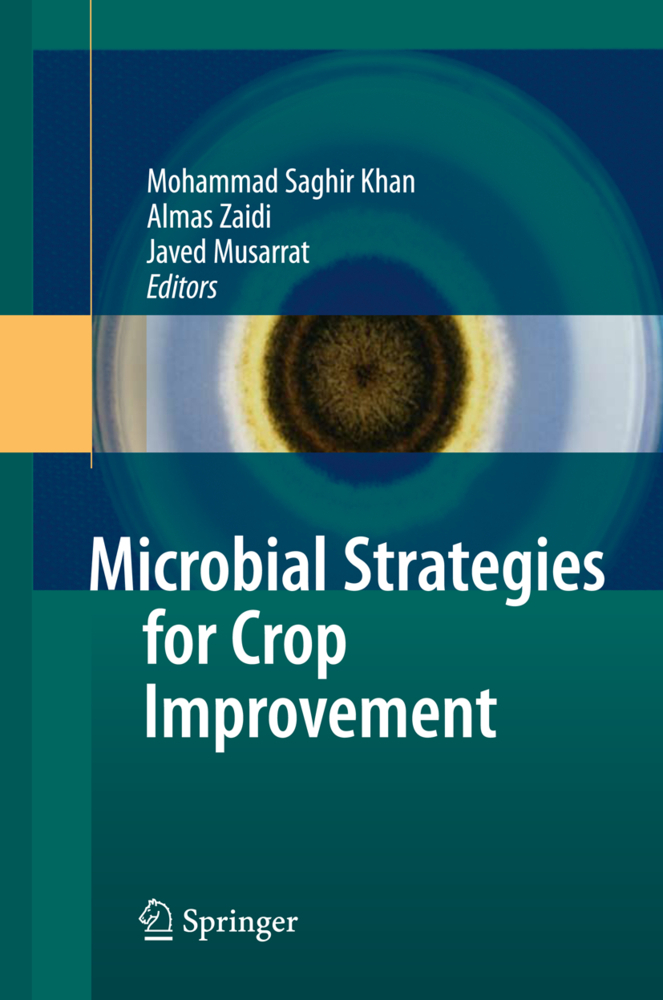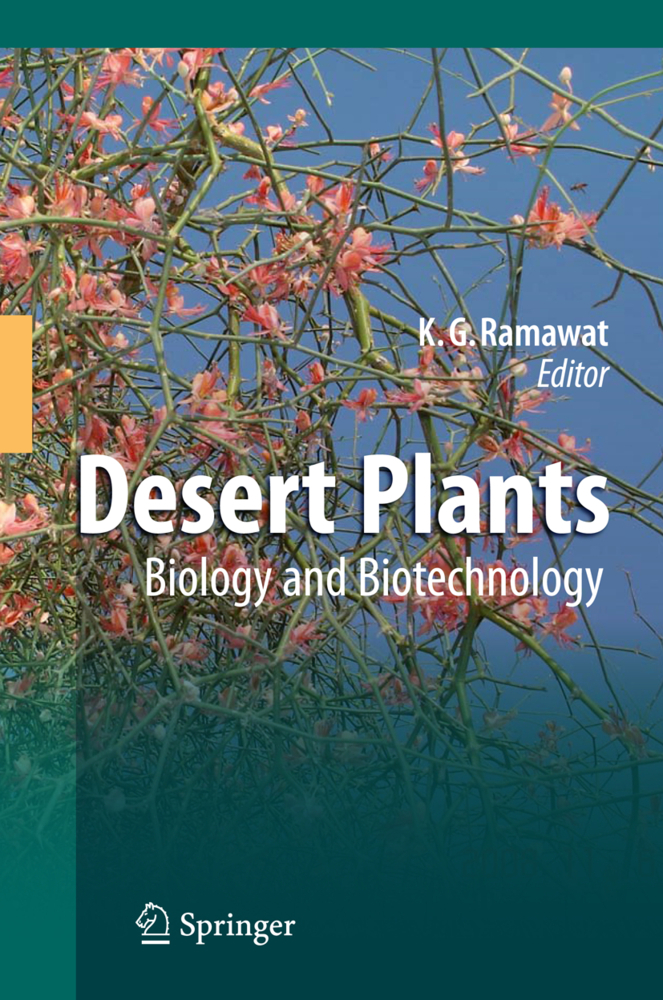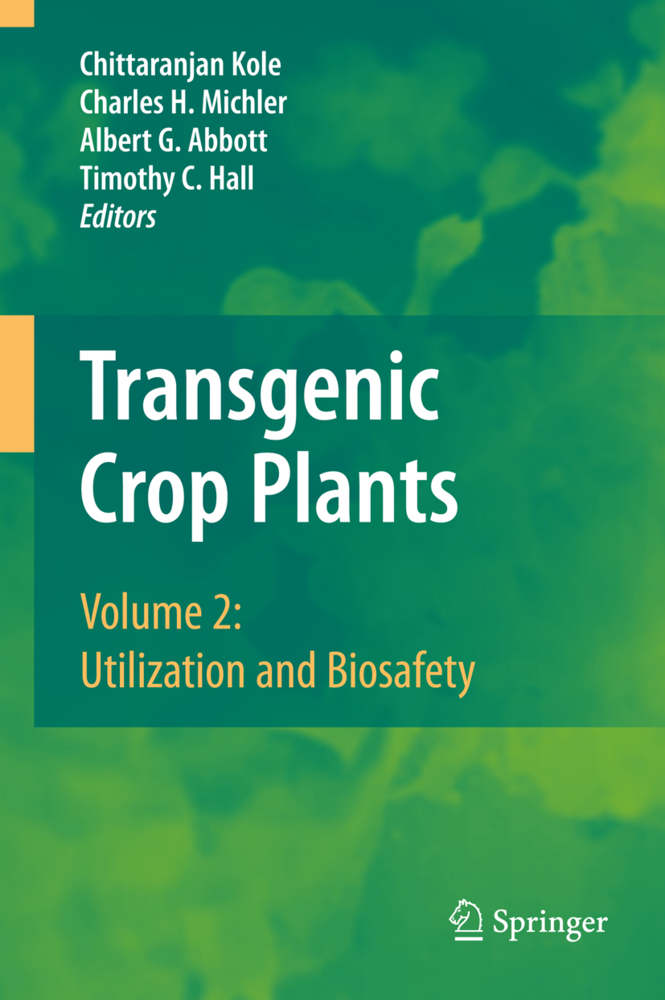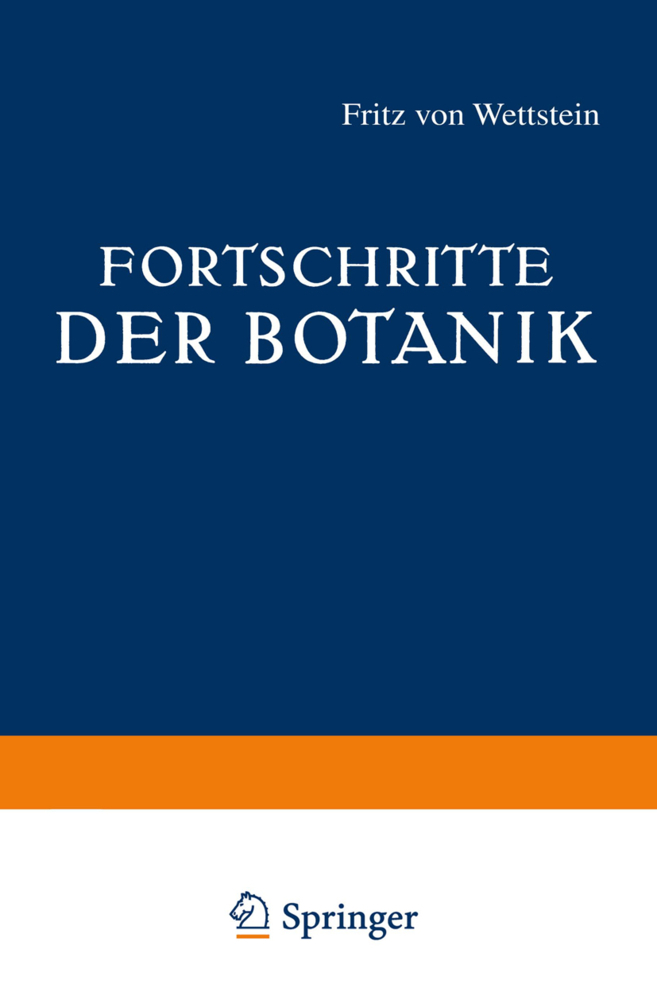Crop Yield
Physiology and Processes
Crop Yield
Physiology and Processes
This book has been prepared for those seeking a better understanding of the functioning of crop plants, particularly the processes that lead to the genera tion of products valued by human beings. The contributors, who are among the world's foremost experts on the important crops upon which humanity depends for food or fibre, address the relevant processes for their specific crop. Currently, the world population is continuing to increase. It is projected to plateau around the middle of the next century, and while there is considerable controversy regarding the population level when this plateau is achieved, most estimates are in the area of 10 000 000 000. At present, there are about 800000000 people in the world who do not have secure access to food. Over the last 50 years various aspects of agricultural research have been combined to increase the output of world crops approximately 2.5-fold. Given the need to feed the increasing population, and to provide better access, it is predicted that during the next 50 years the agricultural research community must repeat this achievement.
2 Components of Yield
3 Wheat Development
4 Quantitative Aspects of Development: Canopy Generation
5 Leaf (Green) Area Index and the Interception of PAR
6 Radiation-Use Efficiency
7 Quantitative Aspects of Development: Generation of Grain Population Density
8 Conclusions
References
Growth and Development of Oat with Special Reference to Source-Sink Interaction and Productivity
1 Oat as a Subject for Crop Physiological Studies
2 Phenostages and Phenophases of Oat with Agricultural Interest
3 Canopy Architecture and Function in Relation to Dry-Matter Production
4 Vegetative Organs as Competing Sinks During Formation and Realization of Yield Potential
5 The Need for Description of Oat Ideotypes?
References
Barley: Physiology of Yield
1 Apex Development and Contribution to Yield
2 Tillering and Tiller Contribution to Grain Yield
3 Grain Filling
4 Carbon Metabolism
5 Nitrogen Metabolism
6 Protein Synthesis and Amino Acid Composition
7 Contribution of Preanthesis Carbon and Nitrogen to Yield
8 Phosphorus Uptake and Mycorrhizal Associations
9 Potassium Uptake
10 Plant Lodging and Growth Regulators
11 Conclusions
References
Rice
1 Introduction
2 Growth and Development
3 Photosynthesis and Dry-Matter Production
4 Environmental Control of Growth and Yield
5 Yield Determining Processes
6 Analysis of Yield Components
7 Response to Cultural Factors
8 Improving Yield Potential
9 New Plant Types
10 Hybrid Rice
11 Biotechnological Approaches
12 Future Directions
References
Physiology of Maize
1 Introduction
2 Phenology
3 Dry Matter Accumulation
4 Dry Matter Partitioning
5 Genetic Improvement
References
Leaf Expansion and Phenological Development: Key Determinants of Sunflower Plasticity, Growth and Yield
1 Introduction
2 Phenotypic Plasticity
3 Leaf Area
4 Phenological Development
5Conclusions
References
Cotton: Factors Associated with Assimilation Capacity, Flower Production, Boll Set, and Yield
1 Introduction
2 Root and Canopy Development
3 CO2-Assimilation Capacity
4 Fruiting-Form Formation
5 Carbohydrate Metabolism and Utilization
6 Environmental Effects
7 Monitoring and Management
8 Breeding and Yield Physiology Research Challenges
9 Summary
10 Glossary of Cotton Yield Physiology Terms
References
Jute
1 Introduction
2 Seed: Viability and Germination
3 Seedling Growth and Initial Field Operations
4 Root System
5 Leaf Area, Light Interception and Canopy Photosynthesis
6 CO2 Metabolism and Carbon-Use Efficiency
7 Assimilate Translocation and Partitioning
8 Photoperiod and Flowering
9 Improvement of Jute Productivity: Problems and Prospects
References
Sugarcane
1 Introduction
2 Growth and Yield Dynamics
3 Sucrose Synthesis and Partitioning
4 Conclusion: Prospects for Increasing Sucrose Yield
References
Sugar Beet
1 Introduction
2 Crop Establishment and Early Development
3 Leaf Growth and Development
4 Fibrous Root Development
5 Growth and Development of the Storage Root
6 Photosynthesis and Growth
7 Water Relations and Stress
8 Assimilate Partitioning
9 Crop Growth and Sucrose Accumulation
10 Sugar Beet and Climate Change
11 Sugarbeet in the Future
References
Potato
1 Introduction
2 The Basic Plan of the Potato Plant
3 Physiological Age and Growth Vigour
4 Interrelations Between Numbers of Component Plant Parts
5 The Process of Tuber Formation
6 Rate and Duration of Development Processes
7 Radiation Interception, Growth Rate and Total Dry Matter Production
8 Temperature and the Rate of Growth Processes
9 Dry Matter Distribution
10 Nitrogen Nutrition and Potato Production
11 Drought and Potato Production
12 Second Growth
13 Tuber Size Distribution
References
Cowpea
1 Introduction
2 Grain Yield in Optimal Environments
3 Grain Yield Under Drought
4 Photoperiod and Temperature Effects on Phenology and Responses to Stress
5 Conclusions
References
Soybean [Glycine max (L.) Merr.] Physiology and Symbiotic Dinitrogen Fixation
1 Origin and Introduction
2 Plant Development
3 Plant Physiology
4 Symbiotic Dinitrogen Fixation
References
Physiological Control of Growth and Yield in White Clover
1 Growth Form of White Clover
2 Physiological Control of Growth
References
Physiological Control of Alfalfa Growth and Yield
1 Introduction
2 Alfalfa Yield Component Analysis
3 Factors Influencing Alfalfa Yield Components
4 Conclusions and Future Prospects
References
Physiological Control of Forage Grass Yield and Growth
1 Introduction
2 Dynamic Models
3 Seasonal Models
4 Examples
5 Summary
References.
Physiological Control of Growth and Yield in Wheat: Analysis and Synthesis
1 Introduction2 Components of Yield
3 Wheat Development
4 Quantitative Aspects of Development: Canopy Generation
5 Leaf (Green) Area Index and the Interception of PAR
6 Radiation-Use Efficiency
7 Quantitative Aspects of Development: Generation of Grain Population Density
8 Conclusions
References
Growth and Development of Oat with Special Reference to Source-Sink Interaction and Productivity
1 Oat as a Subject for Crop Physiological Studies
2 Phenostages and Phenophases of Oat with Agricultural Interest
3 Canopy Architecture and Function in Relation to Dry-Matter Production
4 Vegetative Organs as Competing Sinks During Formation and Realization of Yield Potential
5 The Need for Description of Oat Ideotypes?
References
Barley: Physiology of Yield
1 Apex Development and Contribution to Yield
2 Tillering and Tiller Contribution to Grain Yield
3 Grain Filling
4 Carbon Metabolism
5 Nitrogen Metabolism
6 Protein Synthesis and Amino Acid Composition
7 Contribution of Preanthesis Carbon and Nitrogen to Yield
8 Phosphorus Uptake and Mycorrhizal Associations
9 Potassium Uptake
10 Plant Lodging and Growth Regulators
11 Conclusions
References
Rice
1 Introduction
2 Growth and Development
3 Photosynthesis and Dry-Matter Production
4 Environmental Control of Growth and Yield
5 Yield Determining Processes
6 Analysis of Yield Components
7 Response to Cultural Factors
8 Improving Yield Potential
9 New Plant Types
10 Hybrid Rice
11 Biotechnological Approaches
12 Future Directions
References
Physiology of Maize
1 Introduction
2 Phenology
3 Dry Matter Accumulation
4 Dry Matter Partitioning
5 Genetic Improvement
References
Leaf Expansion and Phenological Development: Key Determinants of Sunflower Plasticity, Growth and Yield
1 Introduction
2 Phenotypic Plasticity
3 Leaf Area
4 Phenological Development
5Conclusions
References
Cotton: Factors Associated with Assimilation Capacity, Flower Production, Boll Set, and Yield
1 Introduction
2 Root and Canopy Development
3 CO2-Assimilation Capacity
4 Fruiting-Form Formation
5 Carbohydrate Metabolism and Utilization
6 Environmental Effects
7 Monitoring and Management
8 Breeding and Yield Physiology Research Challenges
9 Summary
10 Glossary of Cotton Yield Physiology Terms
References
Jute
1 Introduction
2 Seed: Viability and Germination
3 Seedling Growth and Initial Field Operations
4 Root System
5 Leaf Area, Light Interception and Canopy Photosynthesis
6 CO2 Metabolism and Carbon-Use Efficiency
7 Assimilate Translocation and Partitioning
8 Photoperiod and Flowering
9 Improvement of Jute Productivity: Problems and Prospects
References
Sugarcane
1 Introduction
2 Growth and Yield Dynamics
3 Sucrose Synthesis and Partitioning
4 Conclusion: Prospects for Increasing Sucrose Yield
References
Sugar Beet
1 Introduction
2 Crop Establishment and Early Development
3 Leaf Growth and Development
4 Fibrous Root Development
5 Growth and Development of the Storage Root
6 Photosynthesis and Growth
7 Water Relations and Stress
8 Assimilate Partitioning
9 Crop Growth and Sucrose Accumulation
10 Sugar Beet and Climate Change
11 Sugarbeet in the Future
References
Potato
1 Introduction
2 The Basic Plan of the Potato Plant
3 Physiological Age and Growth Vigour
4 Interrelations Between Numbers of Component Plant Parts
5 The Process of Tuber Formation
6 Rate and Duration of Development Processes
7 Radiation Interception, Growth Rate and Total Dry Matter Production
8 Temperature and the Rate of Growth Processes
9 Dry Matter Distribution
10 Nitrogen Nutrition and Potato Production
11 Drought and Potato Production
12 Second Growth
13 Tuber Size Distribution
References
Cowpea
1 Introduction
2 Grain Yield in Optimal Environments
3 Grain Yield Under Drought
4 Photoperiod and Temperature Effects on Phenology and Responses to Stress
5 Conclusions
References
Soybean [Glycine max (L.) Merr.] Physiology and Symbiotic Dinitrogen Fixation
1 Origin and Introduction
2 Plant Development
3 Plant Physiology
4 Symbiotic Dinitrogen Fixation
References
Physiological Control of Growth and Yield in White Clover
1 Growth Form of White Clover
2 Physiological Control of Growth
References
Physiological Control of Alfalfa Growth and Yield
1 Introduction
2 Alfalfa Yield Component Analysis
3 Factors Influencing Alfalfa Yield Components
4 Conclusions and Future Prospects
References
Physiological Control of Forage Grass Yield and Growth
1 Introduction
2 Dynamic Models
3 Seasonal Models
4 Examples
5 Summary
References.
| ISBN | 978-3-642-63644-8 |
|---|---|
| Medientyp | Buch |
| Copyrightjahr | 2013 |
| Verlag | Springer, Berlin |
| Umfang | XVI, 504 Seiten |
| Sprache | Englisch |

